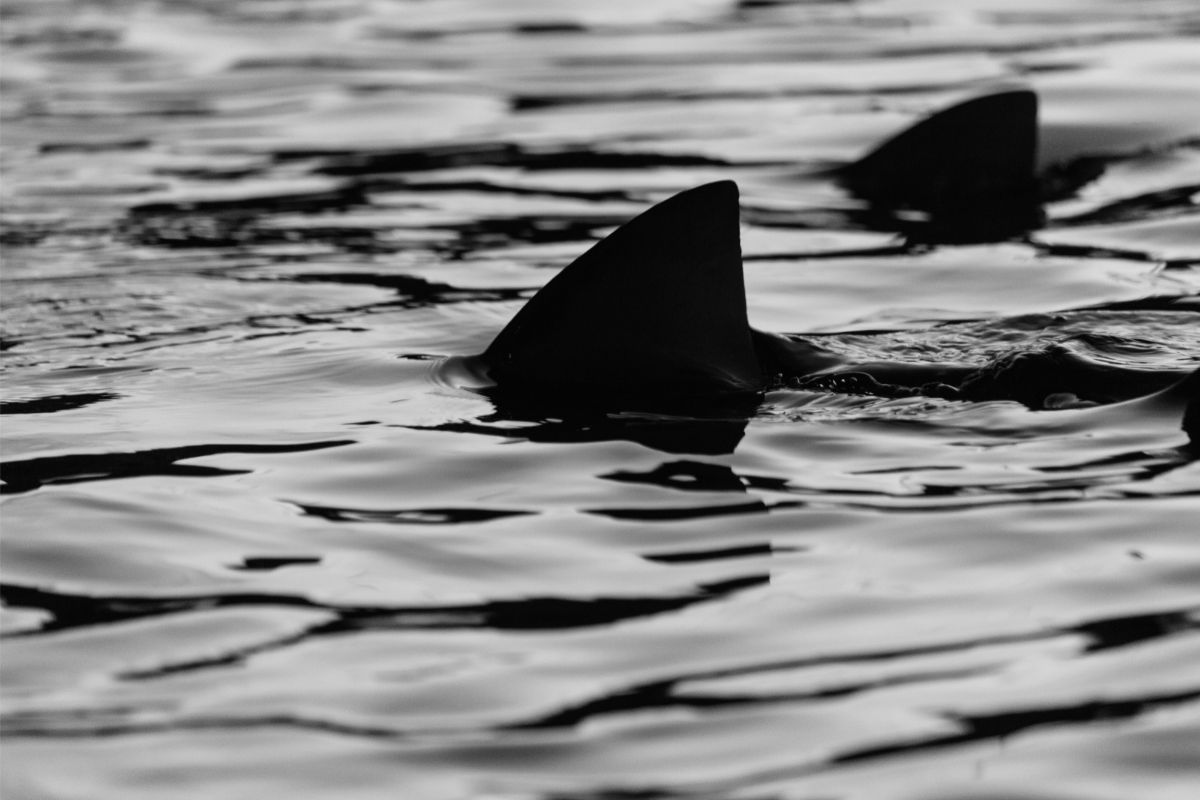Sharks are one of the largest species of fish that swim in waters all around the world but they never have to come up for air. As a result, many people are often left confused as to how sharks are able to breathe underwater.
However, their respiration system can be cut down to four basic steps – so check out the information below to find out the four steps sharks use to breathe underwater!

Shark Anatomy: The Things Sharks Need To Breathe Underwater
Sharks are a species of fish which means that their biology and anatomy is very different from us humans.
This is because fish need different organs and components in order to breathe underwater, which are absent in our bodies.
As a result, sharks don’t have lungs like we do. They have gill slits instead and these are used to oxygenate their blood (which is what our lungs do).
They also have another opening on the sides of their heads known as the spiracle which helps take in water.
To take in water, sharks use their mouth and gills while swimming. When stationary, they pump water over its gills to stimulate ‘ram ventilation’ as movement is vital to help sharks breathe.
So, these gills and parts are super important to help sharks breathe underwater.
The Four Steps Sharks Use To Breathe
Now, let’s take a look at the four step process sharks use to breathe underwater.
Gills Slits Take In Water
The first step in a shark’s respiratory system is to first take in water. As we mentioned earlier, sharks take in water while swimming forward, allowing them to take in water through their mouths and gill slits.
When stationary, water is still pumped in through the gill slits.
The reason why water is taken is because it contains oxygen which is used in later steps.
Blood Is Oxygenated By The Water

Now that the shark has taken in water which contains oxygen, the next step is to transfer the oxygen from the water into the shark’s deoxygenated blood.
The shark’s deoxygenated blood travels to the shark’s heart which contains two chambers. By being pumped through the brachial arteries, oxygen from the water transfers over into the blood, oxygenating it.
Oxygenated Blood Travels Around The Body
Oxygenated blood is vital for providing the shark’s cells with oxygen, allowing them to respire and continue moving.
This is how a shark’s muscles and organs function – they are supplied with oxygenated blood which allows them to move.
As a result, the shark’s now oxygenated blood is pumped by its heart all around its body to its cells.
Deoxygenated Blood Returns
Once the oxygen in the shark’s blood has been transferred to its cells, it is now once again deoxygenated. It returns to the heart to be pumped back to the brachial arteries and repeat the process all over again.
Final Thoughts
A shark’s respiratory system is very similar to our own but there are a few key components that make it very different.
For example, sharks do not have lungs and instead have gill slits, they take in oxygenated water instead of air, and require movement or pumping to breathe.
However, bottom feeding sharks do not require this movement and instead pump water over their own gills so they can stay motionless to catch prey.
So, sharks do breathe underwater but using a very simple process that is very similar to our own – minus the gills and water, of course.
- Is It Possible For A Shark To Swim Backwards? - August 2, 2022
- Are Leopard Sharks Dangerous? - August 2, 2022
- What Are The Differences Between Shark And Dolphin Fins? - August 1, 2022








